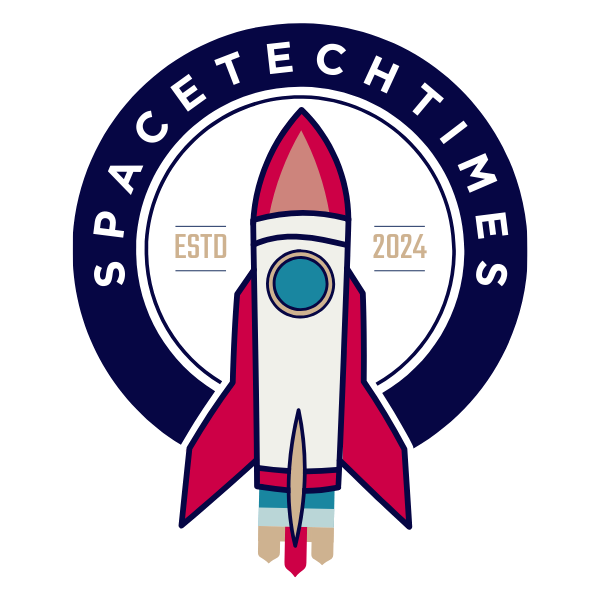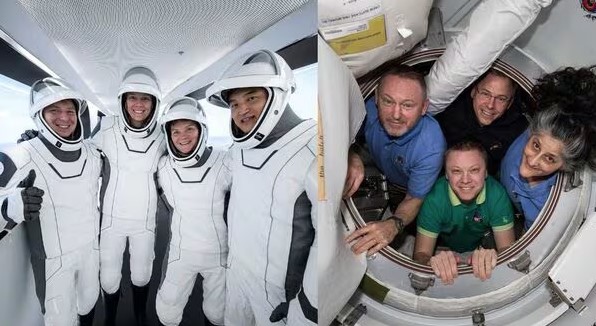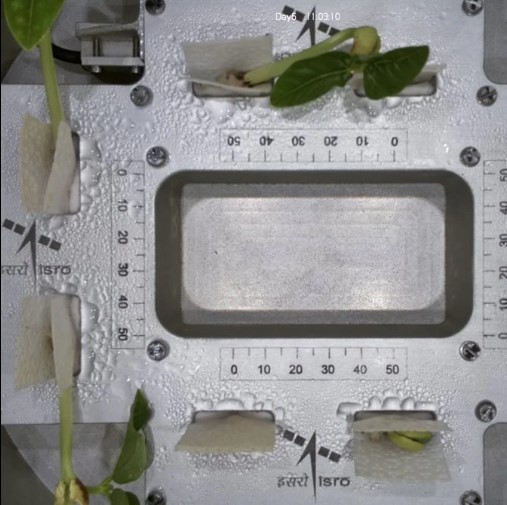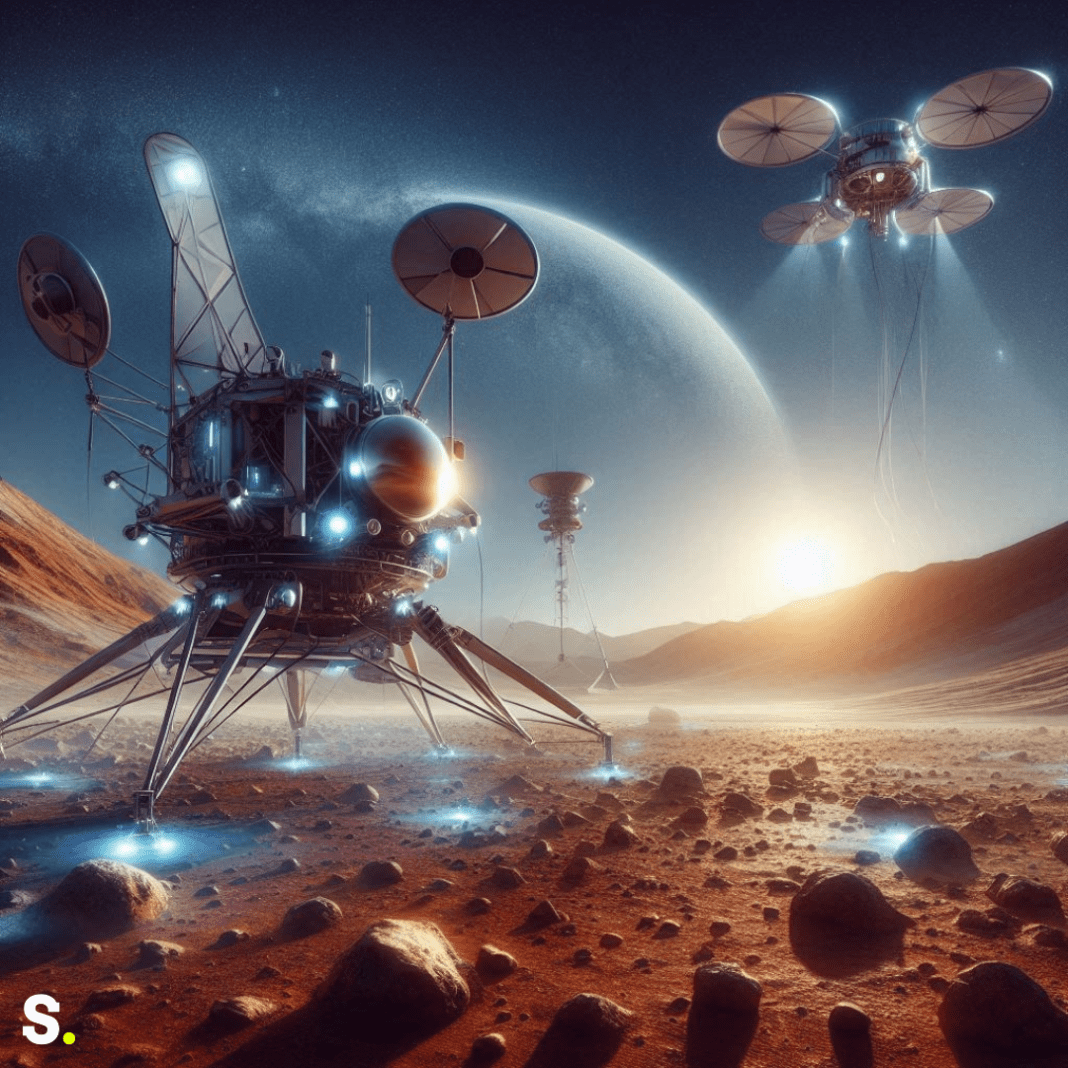A rocket has successfully launched, carrying a fresh crew of astronauts to the International Space Station (ISS). This mission is not just another routine trip to space—it is a critical step in ensuring the safe return of NASA astronauts Sunita Williams and Butch Wilmore, who have been stranded aboard the ISS for over nine months.
Successful Rocket Launch Brings Fresh Crew to ISS
Williams and Wilmore originally traveled to the ISS on Boeing’s Starliner, a newly designed spacecraft built as an experimental transport system. They were expected to stay in space for only eight days. However, unexpected technical failures prevented their return as planned. Since then, multiple attempts to fix the spacecraft’s problems have failed, forcing them to remain aboard the station far longer than anticipated.
With the arrival of a new crew at the ISS, preparations have begun for their long-overdue return to Earth. NASA officials have described this as an important milestone, not just for the mission itself but for the future of human space travel.
A Struggle to Return After Months in Space
Williams and Wilmore were part of a historic test flight, becoming the first humans to fly aboard Boeing’s Starliner on a crewed mission. This spacecraft was meant to serve as an alternative transportation system for astronauts traveling to and from the ISS. However, after their arrival at the station, several technical issues were discovered, making their return trip impossible.
Despite efforts from engineers on the ground, the problems could not be fixed quickly. Over the months, NASA and Boeing explored multiple solutions, but each attempt to resolve the issue resulted in further delays. As a result, Williams and Wilmore have now spent over nine months in space—far beyond their original mission timeline.
Mechazilla: SpaceX’s Innovative Rocket Recovery System
Their extended stay has presented numerous challenges, both physically and mentally. Spending such a long time in a microgravity environment takes a toll on the human body. Muscles begin to weaken, bone density decreases, and even simple activities become more difficult over time. Scientists have been closely monitoring these effects, as this situation provides a unique opportunity to study the impact of long-duration space travel.
Despite these difficulties, Williams and Wilmore have continued to carry out their duties aboard the ISS. They have participated in research experiments, conducted maintenance work, and remained in regular communication with mission control on Earth. Their ability to adapt and stay focused has been a testament to their training and professionalism.
New Crew Arrives to Continue Space Missions
The newly arrived crew consists of four astronauts from different space agencies around the world. They are part of NASA’s Crew-10 mission, which will continue ongoing research and maintenance activities aboard the ISS.
The team includes:
- Annie McClain and Nicole Ayers from NASA
- Takuya Onishi from JAXA (Japanese Aerospace Exploration Agency)
- Kirill Peskov from Roscosmos (Russian space agency)
Their presence ensures that the ISS remains operational and that critical scientific experiments continue without interruption.
Bold Journey: SpaceX’s Daring Polaris Dawn Mission Amid Astronaut Rescue
This mission also highlights the international cooperation required for space exploration. While space agencies may belong to different countries, their shared goal of advancing human knowledge and technology brings them together. The Crew-10 mission will take over responsibilities from the current ISS team, allowing Williams and Wilmore to finally begin their return journey.
Now that the ISS has a fresh team of astronauts, the final steps are being taken to bring Sunita Williams and Butch Wilmore home. NASA officials have confirmed that their return journey will begin just two days after the new crew’s arrival. This marks the end of an unexpectedly long mission for the two astronauts, who will soon re-enter Earth’s atmosphere and land safely back on solid ground.
Their experience has not only tested their resilience but has also provided valuable insights into the realities of extended space travel. While their journey home has been long delayed, their mission will leave a lasting impact on the future of human space exploration.




